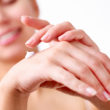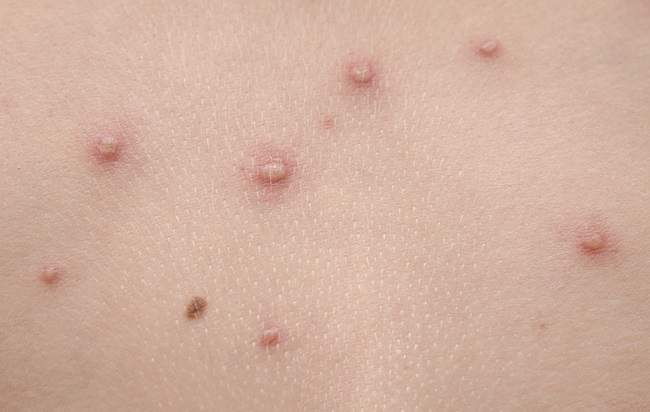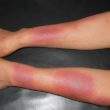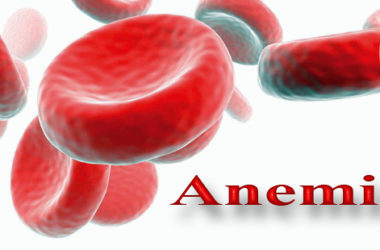There is a common skin condition that’s caused by a virus, and it’s known as molluscum contagiosum. The name kind of gives you the hint that it is something contagious — you can get it from someone who is infected. Skin-to-skin contact as well as sharing of personal items can easily spread the disease from person to person.
Although harmless and tends to go away on its own, molluscum contagiosum is not really a pretty sight. If you have it, pink or skin-colored bumps will dot your skin, usually on the face, neck, abdomen and even the genitals. Scratching or picking the itchy bumps will only make them spread to other body parts!
People with strong immune systems will develop a few small bumps, about 10 to 20 only. It’s a different story, however, for those whose immune systems are compromised, such as those with HIV and AIDS, as they may end up with large bumps. More importantly, up to a hundred or more of those bumps may show up.
Causes
The microbe responsible for this highly infectious skin condition is known as the molluscum contagiosum virus. Just like what’s said earlier, the virus can easily get from one person to the next through skin-to-skin contact. Experts say that one of the most common modes of transmission of the virus in adults is through sexual activity. Engaging in contact sports such as wrestling or basketball can also spread the molluscum contagiosum virus quite easily.
Since the virus is capable of thriving on surfaces that have come into contact with the skin of an infected person, it’s possible for the infection to spread by handling contaminated items such as towels, coffee mugs and exercise equipment. In kids, the virus can easily spread through contact with other children. Sharing of contaminated toys, clothing and other items can easily make an uninfected child end up with the skin disease.
Signs and Symptoms
You may have already been infected but not know about it for up to 6 months. That’s because the incubation period of molluscum contagiosum takes a few weeks. Eventually, you will notice the appearance of small bumps that are either pink or skin-colored. Up to 20 bumps may show up if your immune system is strong, or up to a hundred or even more if you have a health condition that causes the weakening of the immune system.
The bumps may show up anywhere on the body except on the soles of the feet and the palms of the hand. These bumps are dome shaped and have a characteristic dimple in the center. They are painless but some tend to itch. Scratching is definitely not a good idea. Otherwise, the bumps may spread to body parts that you touch afterwards!
Treatment
If your immune system is in tip-top shape and you have molluscum contagiosum, you usually don’t have to undergo any medical treatment. That’s because the disease tends to go away on its own and without causing any complication. Experts say that the viral infection may clear in 12 to 18 months. It is usually not recommended for children who have it to receive treatment due to some unfavorable side effects.
Adults suffering from molluscum contagiosum may get treatment if the bumps are fairly large and located on areas of the body that cannot be covered up with clothing, such as the face and neck. Having other diseases of the skin makes an individual a candidate for treatment. You may choose to receive treatment for molluscum contagiosum if you are concerned that you may infect a loved one. Some of the most effective treatments for it include curettage and the use of liquid nitrogen or laser. Topical medication applied by a doctor is also available.













